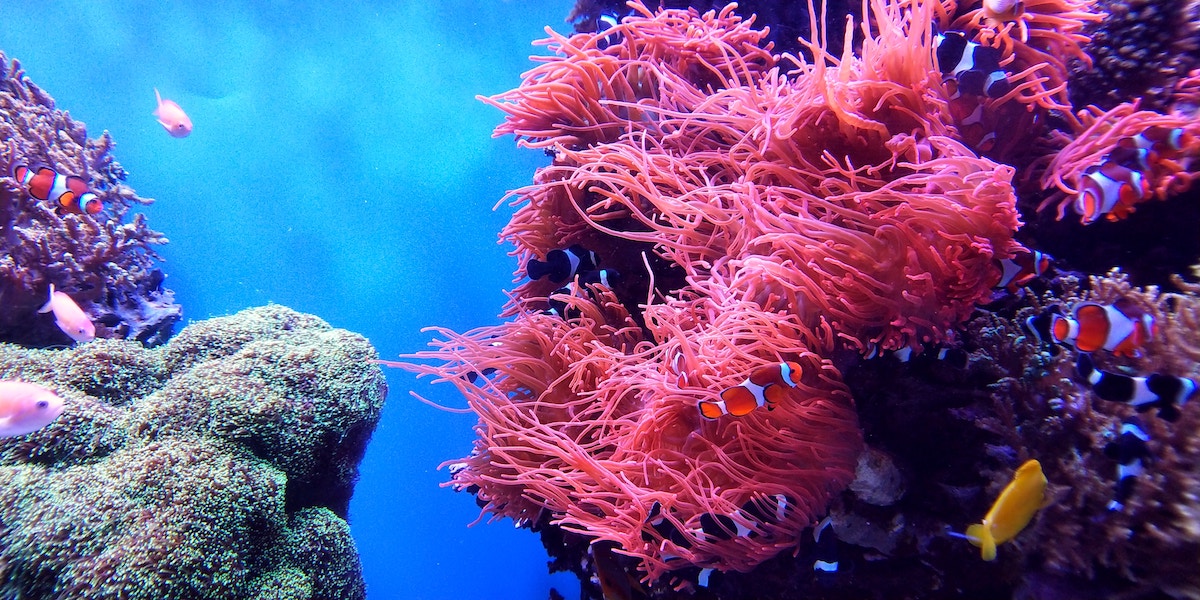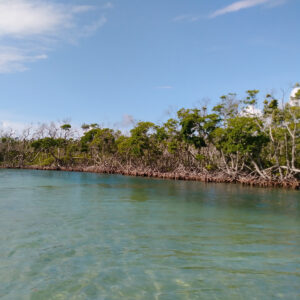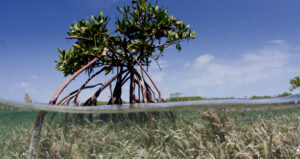Coverage of the 5th International Deep Sea Coral Symposium, Amsterdam
AMSTERDAM, NL, April 2, 2012 – On the top floor of the Rembrandt House, where the 17th century artist lived, is the master’s atelier, complete with the famous alcove memorialized in some of his most famous works.
Adjacent to the atelier is the artifact room, where Amsterdam businessmen successful enough to commission a painting from the master could pick and choose among a variety of objects they wished included in their portrait. Their choices would symbolize how they wished to be viewed by future generations.
Plentiful among the available objects are a variety of dried coral species like sea fans. Ship owners could opt for these as symbols of their global financial acumen. Only the sharpest businessmen could afford to organize excursions to the then-exotic lands of the Indies, East or West, which would collect and bring back samples of the oddities of nature found there.
This initial era of global shipping may well mark the start of the demise of our planet’s coral reef systems. Ship captains determined to explore the “Seven Seas” either plowed over the reefs, destroying them without realizing it, or tore specimens out of them for naturalists back in Europe.
![]() So it is perhaps fitting that this week’s fifth global conference on the science of cold-water or deep-water coral (International Symposium on Deep-Sea Corals) be held here, in the city that hosted the first truly global mercantile shipping operations.
So it is perhaps fitting that this week’s fifth global conference on the science of cold-water or deep-water coral (International Symposium on Deep-Sea Corals) be held here, in the city that hosted the first truly global mercantile shipping operations.
This week more than 200 scientists studying the surprising phenomenon of cold-water corals – corals that can survive in chilly waters that do not enjoy sunlight – are gathering to discuss their latest findings. Discussions will range from taxonomy and genetics to recent discoveries of important cold-water coral sites in some pretty surprising locales – like just off the coast of the southeast United States or in areas around the Florida Keys.
Much of the research presented here at this forum will provide the scientific foundation for future international policy and will determine where in the world Marine Protected Areas will be declared.
Talks will range from the discovery of cold-water corals in the environmentally stressed Red Sea that separates Africa from Saudi Arabia to the study of the paleontology of cold-water coral mounds in Denmark.
A flashpoint of the conference may well be the Wednesday morning discussion of anthropogenic interference with the ecological health of these ancient ecosystems. Some of these systems have been growing for more than 10,000 years, since before the era of human farming.
And yet, modern human activities like drilling for oil and gas or trawling for fish may be ending or slowing their productivity.
On Wednesday morning, Gregory S. Boland of the U.S. Bureau of Ocean Energy Management is scheduled to present a key-note entitled “Deep-Sea Corals and the Oil and Gas Industry in the Gulf of Mexico.” Boland’s talk will be followed by discussions from scientists who have studied the effects of the Deepwater Horizon spill on the Gulf of Mexico’s cold-water coral systems.
On Friday afternoon, the conference will be concluded by a keynote from a representative of the energy company Statoil, a partial sponsor of the conference.









